Description
Polyacrylic Acid Gel acts as a superabsorbent polymer due to its unique molecular structure. The mechanism of action involves the presence of numerous carboxyl groups (-COOH) along the polymer chain. When the gel comes into contact with water or aqueous fluids, these carboxyl groups readily ionize, releasing hydrogen ions (H+) and forming carboxylate ions (-COO-). This ionization process leads to the generation of an osmotic gradient, drawing water molecules into the gel matrix through osmosis. The carboxylate ions repel each other due to their similar negative charges, causing the gel to swell and expand as it absorbs water. The cross-linked structure of the polyacrylic acid chains allows the gel to retain its integrity while accommodating the absorbed fluid, resulting in a viscous and hydrated gel network. This swelling and water-absorbing capacity make polyacrylic acid gel effective in various applications, such as in personal care products, wound dressings, and as a moisture-retaining agent.
Ingredients
Polyacrylic AcidDrug Class
Topical formulation.
Dosage Form
Gel
Uses
The following are the uses of Polyacrylic Acid Gel:
- Used for thickening and stabilizing various substances, especially in the food and cosmetic industries.
- Used for water retention and moisture control in personal care products like diapers and hygiene wipes.
- Used for enhancing the texture and stability of creams, lotions, and hair styling products.
- Used for improving the performance of adhesives and sealants, ensuring strong bonding.
- Used for water treatment and purification processes due to its ability to absorb impurities.
- Used for creating superabsorbent materials for medical and agricultural applications.
- Used for controlled drug delivery systems in pharmaceutical formulations.
- Used for maintaining the consistency and quality of various consumer products.
In case of Overdose
In the case of an overdose of Polyacrylic Acid Gel, it is important to remain calm and seek medical advice promptly. While not typically life-threatening, an overdose may cause gastrointestinal discomfort, such as nausea, vomiting, or diarrhea. Inducing vomiting or administering activated charcoal may be suggested to minimize absorption. Treatment is generally supportive, focusing on managing symptoms and ensuring the individual’s well-being.
Missed Dose
In the case of a missed dose of Polyacrylic Acid Gel, it is important to follow the general guideline of taking the missed dose as soon as you remember. However, if it is almost time for your next scheduled dose, skip the missed one and continue with your regular dosing schedule. Do not double the dose to make up for a missed application. Consult your healthcare provider if you frequently miss doses or have concerns about the effectiveness of the medication.
How To Use
To use Polyacrylic Acid Gel, gently apply a thin layer of the gel to the affected area of the skin and rub it in thoroughly, ensuring even coverage, as directed by your healthcare provider or as indicated on the product instructions.
When Not to Use
Here are the situations when Polyacrylic Acid Gel should not be used:
- Avoid using this gel if you have known allergies to Polyacrylic Acid or related compounds.
- Do not use if you have open wounds, severe skin infections, or burns in the intended area of application.
- Contraindicated for individuals with a history of severe skin reactions or sensitivity to similar products.
- Not recommended for use on damaged or irritated skin.
- Should not be used near the eyes, mouth, or any mucous membranes.
- Do not use if you have a skin condition that has not been evaluated by a healthcare professional.
- Avoid using this gel on skin areas with tattoos or significant skin pigmentation.
- Not suitable for infants or young children without medical advice.
Side Effects
The side effects of Polyacrylic Acid Gel may include:
- Skin irritation or redness at the application site
- Itching or burning sensation
- Dryness or peeling of the skin
- Allergic reactions, such as rash or hives
- Swelling or inflammation of the skin
- Increased sensitivity to sunlight
- Changes in skin color or texture
Precautions & Warnings
Following are the precautions and warnings for Polyacrylic Acid Gel:
- Avoid contact with eyes, mouth, and open wounds. In case of accidental contact, rinse thoroughly with water.
- Not for internal use. Do not ingest or swallow the gel.
- Keep out of reach of children. Store in a secure place away from direct sunlight.
- Discontinue use if irritation, redness, or any adverse reaction occurs and consult a healthcare professional.
- Do not use on broken or damaged skin.
- Patients with pre-existing skin conditions should consult a dermatologist before use.
- Always perform a patch test on a small area of skin to check for sensitivity or allergic reactions.
- Consult a healthcare provider if you are pregnant, planning to become pregnant, or breastfeeding before using this product.
Drug Interactions
Following are the drug interactions for Polyacrylic Acid Gel:
- No significant drug interactions have been reported with Polyacrylic Acid Gel, as it is a topical medication applied to the skin and has minimal systemic absorption.
- However, it may reduce the effectiveness of other topical medications if applied simultaneously. It is recommended to allow some time between applications of different topical treatments.
- Using other skincare products with strong active ingredients, such as retinoids or alpha-hydroxy acids, might cause skin irritation or dryness.
- Topical antibiotics applied together with Polyacrylic Acid Gel may have reduced efficacy due to the physical barrier created by the gel.
- The gel’s occlusive nature could potentially enhance the absorption of other topical medications, warranting careful monitoring.
- It is advisable to consult a healthcare professional before using Polyacrylic Acid Gel in conjunction with other medications to ensure optimal therapeutic outcomes.
- This information does not cover all possible drug interactions, and individuals should always consult their healthcare provider for personalized advice.
Food Interactions
Following are the food interactions for Polyacrylic Acid Gel:
- Avoid consuming excessive amounts of acidic foods like citrus fruits, tomatoes, and vinegar-based products, as they may cause irritation when applied topically after eating.
- Spicy foods can lead to skin sensitivity; it’s advisable to use the gel cautiously after consuming spicy meals.
- Dairy products might temporarily increase skin oiliness, so consider applying the gel at a different time.
- Caffeine intake can dehydrate the skin, so ensure adequate hydration when using the gel.
- Alcohol consumption could potentially enhance skin dryness; use the gel with care and ensure skin hydration.
- Avoid greasy and oily foods that may increase skin oiliness and clog pores, potentially reducing the gel’s effectiveness.
- Certain foods rich in antioxidants, like berries and green leafy vegetables, can support skin health and complement the gel’s benefits.
Storage/Disposal
Polyacrylic Acid Gel should be stored in a cool and dry environment, preferably at room temperature, ensuring protection from direct sunlight and moisture. It is crucial to keep the gel in its original packaging, tightly sealed, to maintain its integrity and prevent contamination. Avoid storing it in humid areas like bathrooms or near heat-emitting appliances, as temperature fluctuations can impact the gel’s properties. Always check the expiration date before use and discard any expired or unused gel appropriately. When disposing of the gel, do not flush it or pour it down the drain; instead, consult your pharmacist or local waste management guidelines for safe disposal practices. Keep this product away from children to prevent accidental exposure.
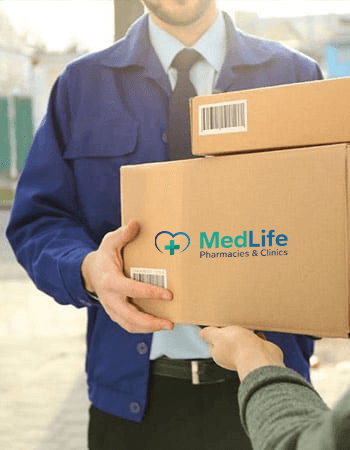

Get Your Healthcare Delivered Nationwide!
No matter where you reside in Pakistan, medlife.pk brings your healthcare essentials straight to your doorstep! We partner with trusted shipping companies like TCS, M&P, LEOPARD Courier, Trax, and Call Courier for nationwide delivery.
For ultimate convenience, enjoy Cash on Delivery (COD) with a flat rate of Rs.299 across Pakistan. Prefer to pay upfront? Orders over Rs.3,000 receive free shipping when you pay with Bank Transfer, JazzCash, Easypaisa, or Credit/Debit Card. And the perks don't stop there! Orders exceeding Rs.5,000 with advance payment not only get free shipping, but also earn you a discount coupon for your next medlife.pk purchase.
Rest assured, our team meticulously packs and ships your order for safe arrival, ensuring you receive the genuine products you deserve. So, browse our selection, choose your payment method, and get ready to experience the medlife.pk difference! Happy shopping!



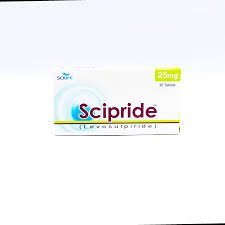
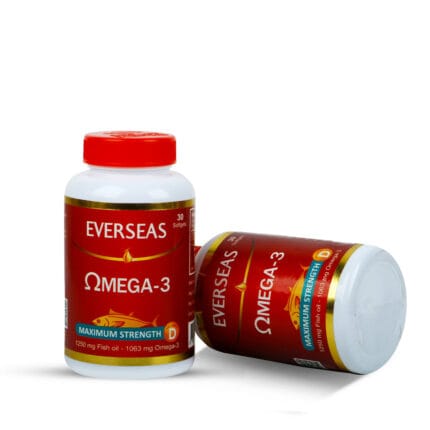

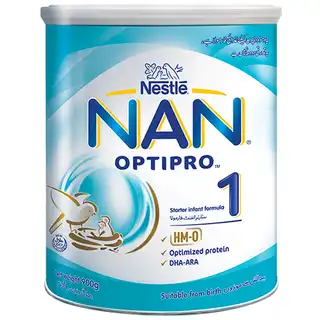
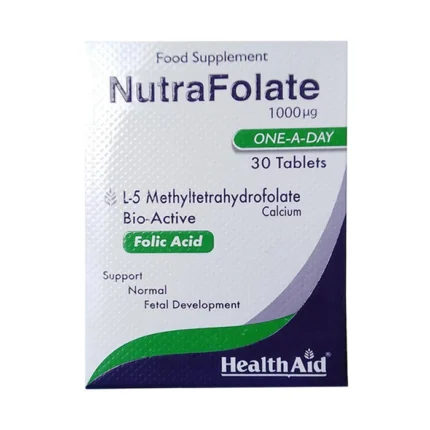



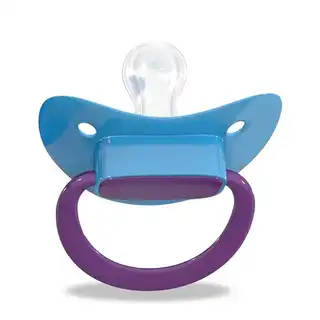







Reviews
There are no reviews yet.